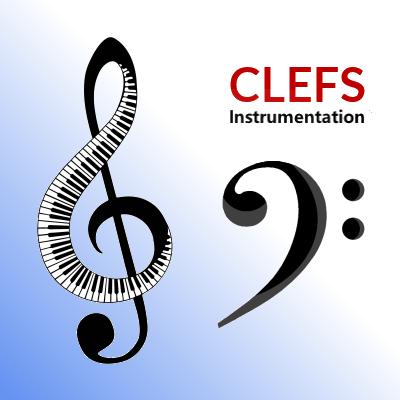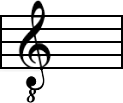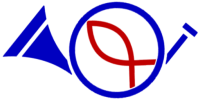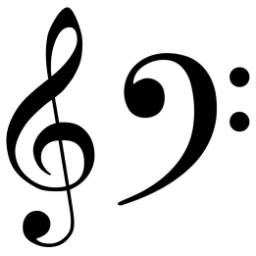
The Musical Clefs Determining the pitch
A clef is placed at the beginning of the first measure of the staff indicating the pitch of the instrument for which the music is written. The clef is there to help you determine not only the pitch of the composition but which instruments will play it. Without the clef, how would you know what the pitch of the notes are? Otherwise, they are just notes and we have no clue how they should sound. In other words, the clef has a direct relationship with the music and the instrument that plays it. By using different clefs, it is possible to make the determination with ease. In fact, it would be impossible to put all the notes of the orchestral instruments on the staff using only one clef for every instrument. You'd have ledger lines stacked 12 deep both above and below the staff. Think about it. We already use ledger lines for most instruments despite having unique clefs.












The octave clef , most often used on the treble clef but may be any clef. A number placed above the clef directs to play an octave higher than written. A number placed below the clef directs to play an octave lower than written. It is used to save space and time when writing.



